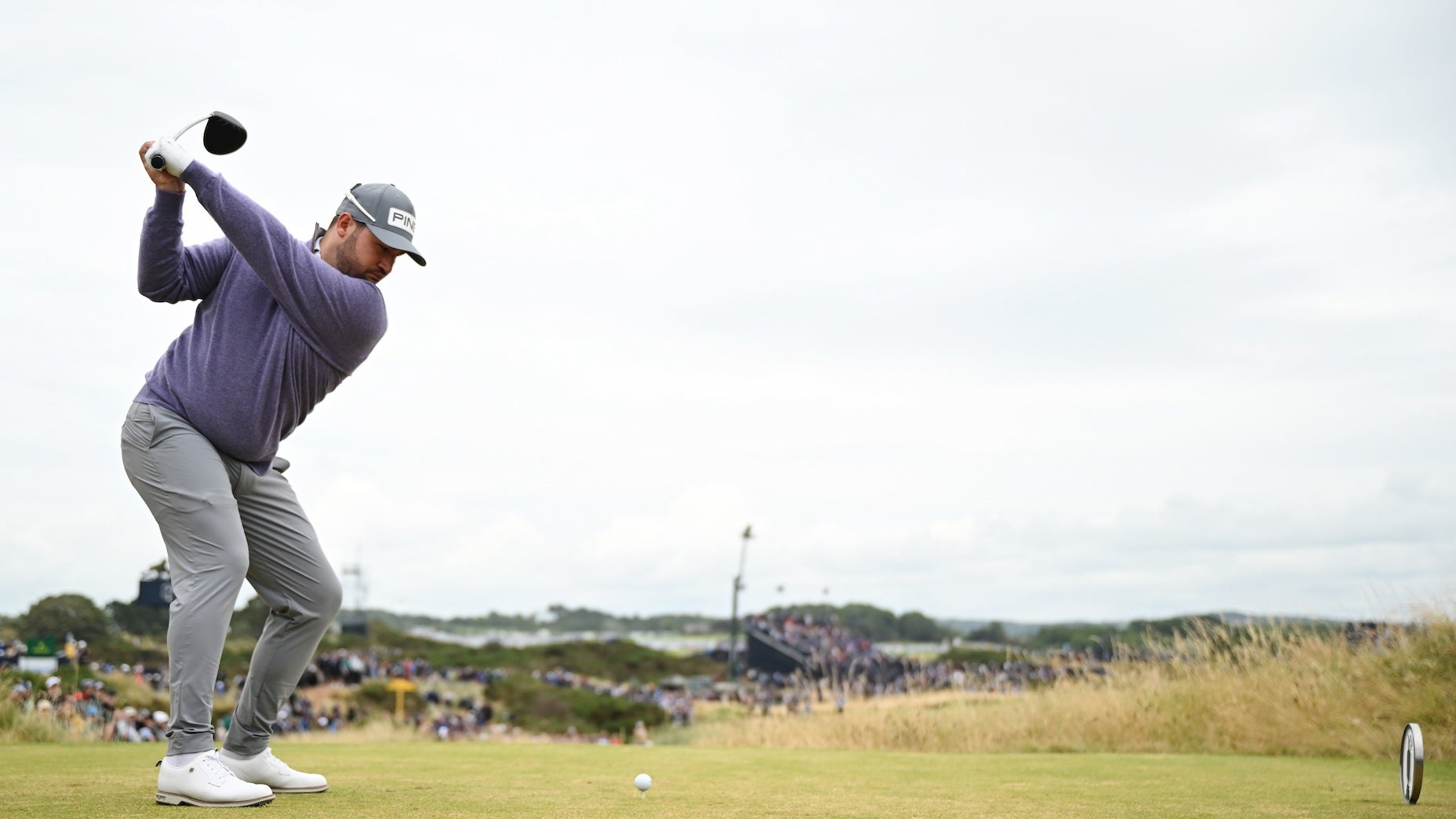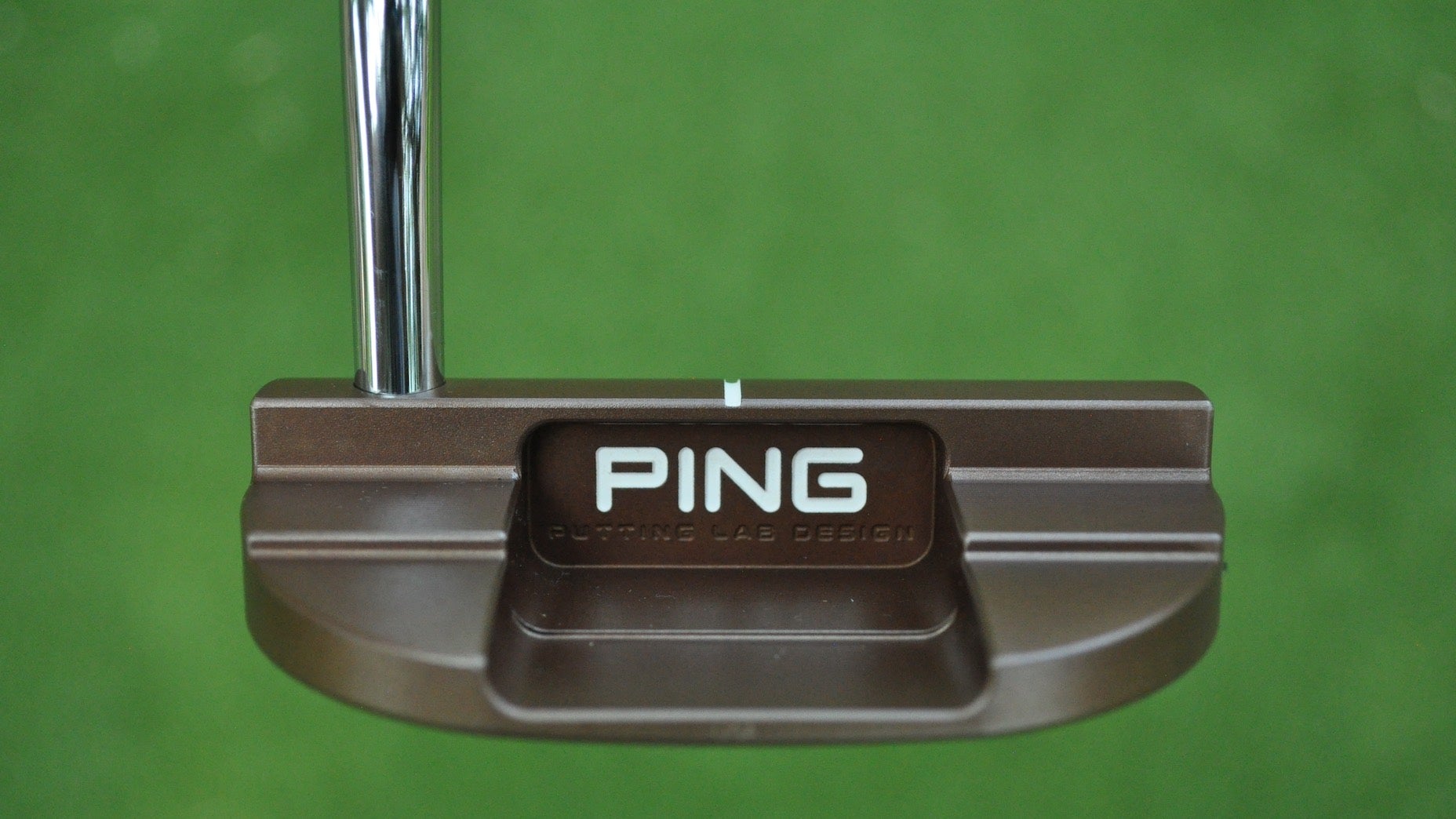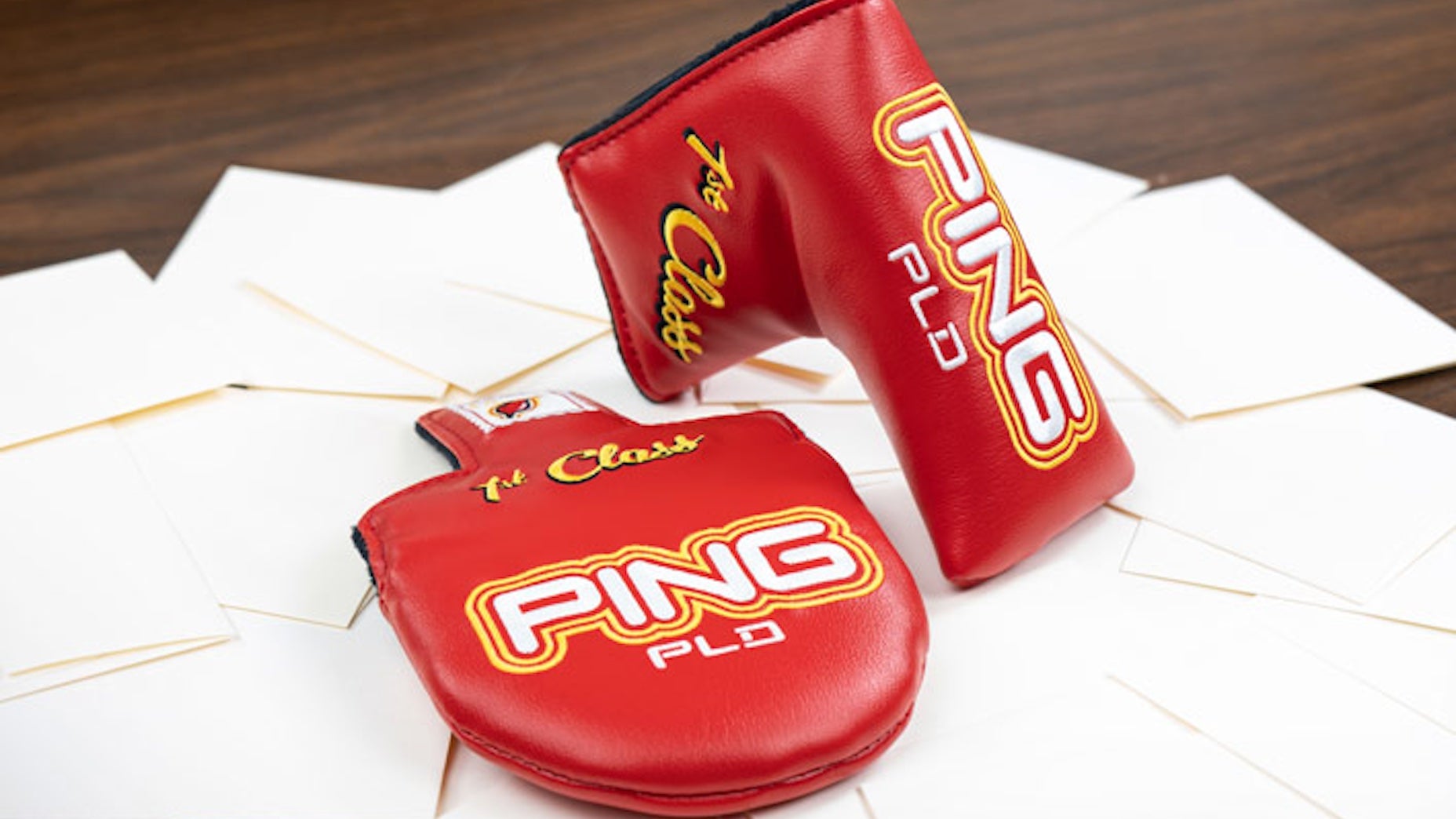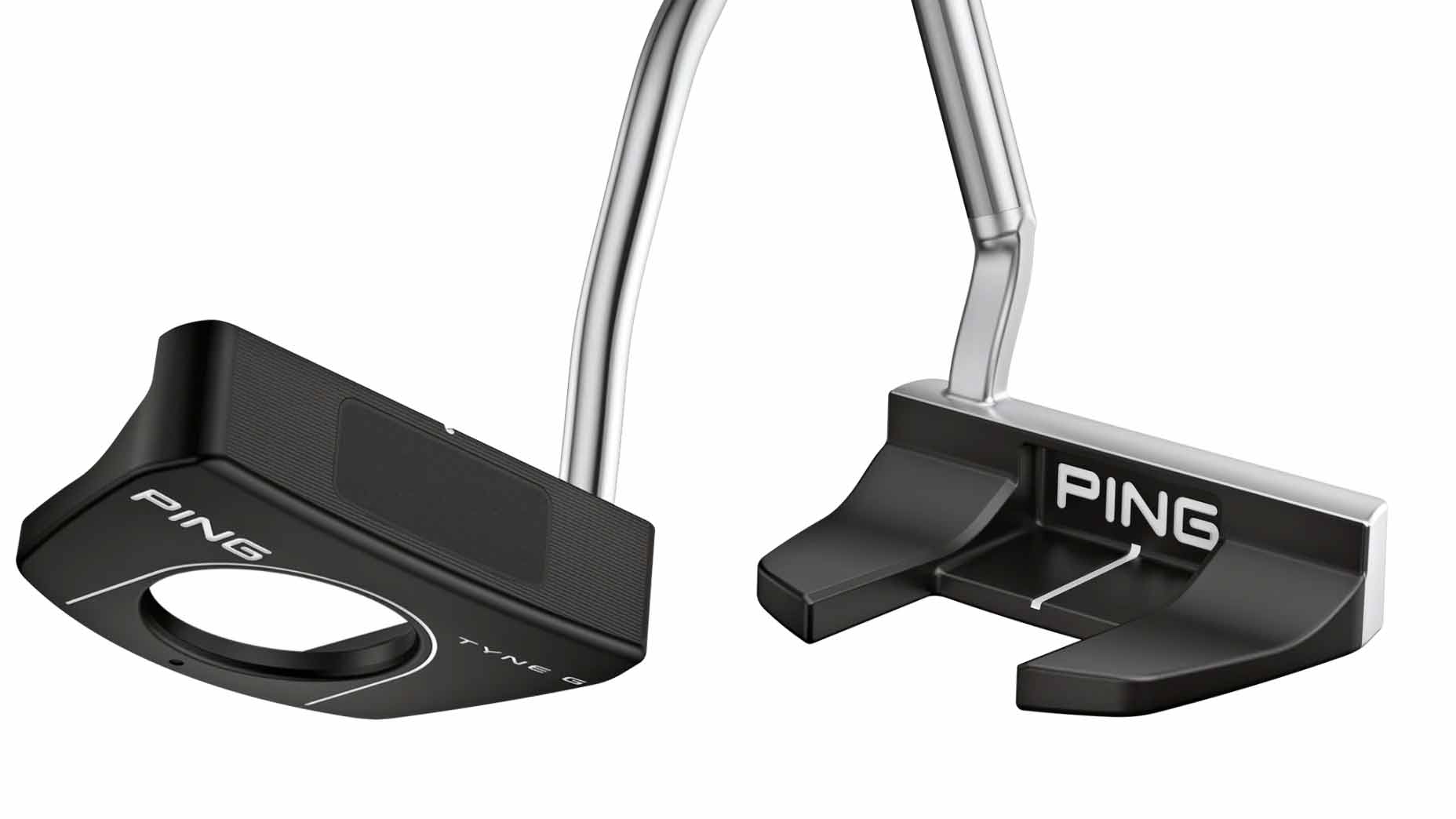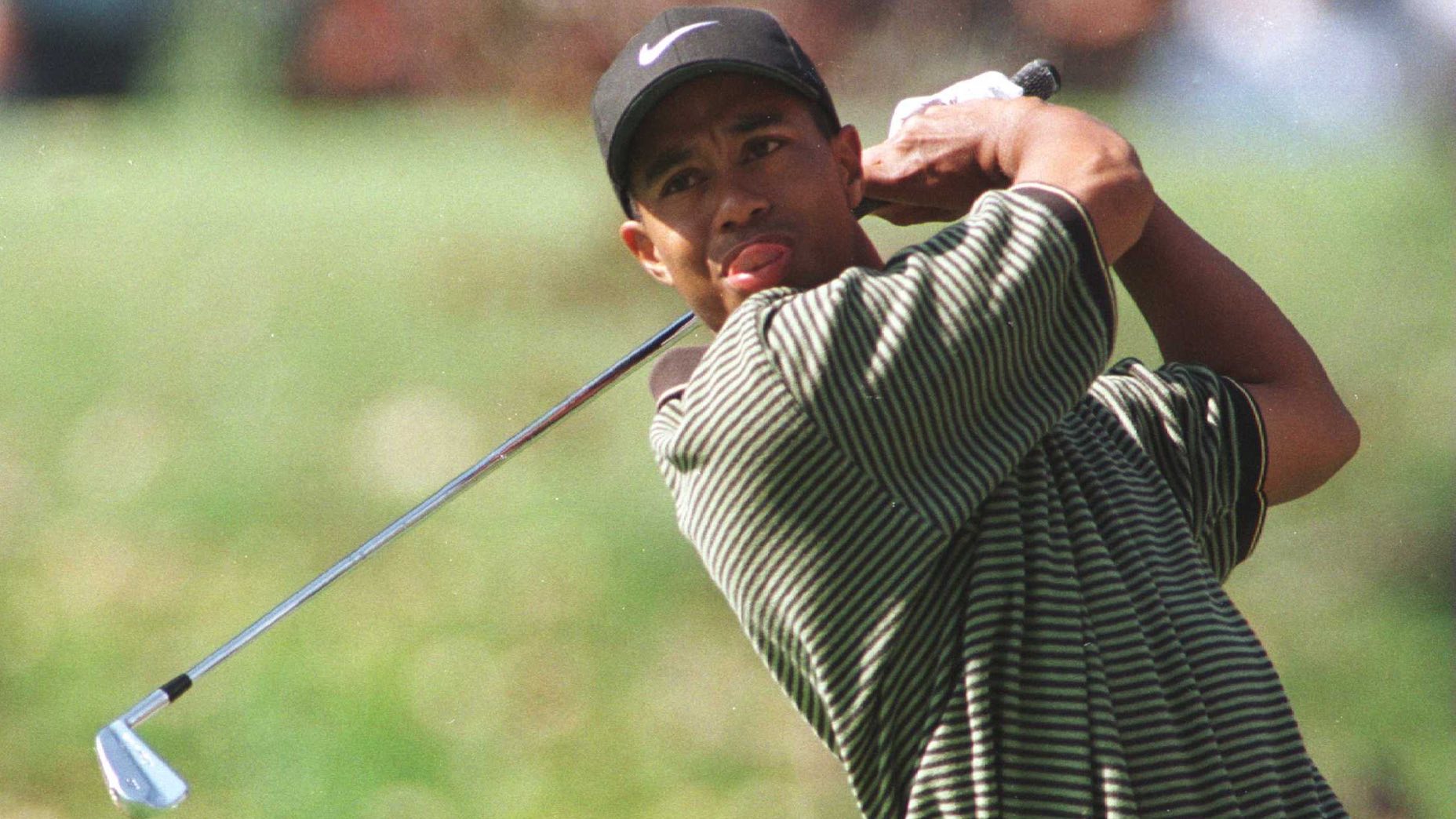Why this recent Tour winner carries a seldom-seen club
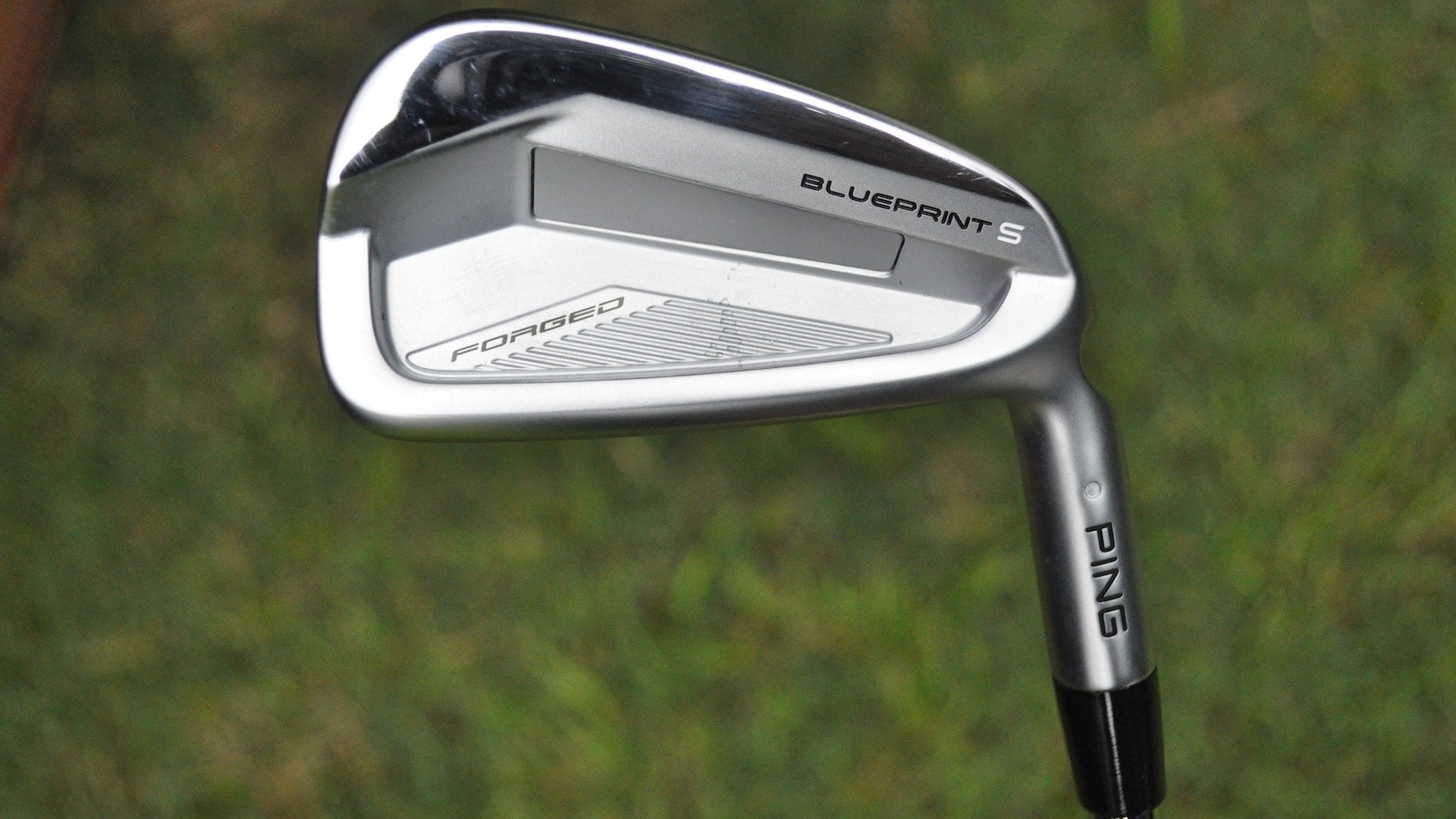
Ping's Blueprint S 3-iron is one of Eckroat's favorite clubs in the bag.
Jonathan Wall/GOLF
ORLANDO, Fla. — For as long as Ping Tour rep Kenton Oates can remember, Austin Eckroat has been a “CFG.” That would be Ping’s acronym for a “center face guy,” or someone who generally doesn’t have any issue flushing it with regularity.
Oates still recalls Eckroat working his way around Sage Valley Golf Club, during the 2016 Junior Invitational, with a Ping S55 2-iron in his hands, en route to a one-shot win over fellow Tour pro Min Woo Lee.
“It felt like he was hitting it to 20 feet all week with that club,” Oates told GOLF.com. “Growing up in Oklahoma, I think he’s always been a good long-iron player.”
PING Blueprint S Custom Irons
$212.5
View Product
Nearly 8 years later, Eckroat is still toting around a traditional 3-iron — a club that continues to disappear from the landscape at every level of the sport. During his maiden PGA Tour win at the Cognizant Classic, the 25-year-old used a combo set of Ping Blueprint S and Blueprint T irons to take down the field at PGA National. Part of the set composition was a Blueprint S 3-iron that Eckroat immediately added to the bag after testing Ping’s better-player lineup.
“When we took Blueprint S and T to Austin — and he was a rookie at this point — he immediately told us he was playing the T through the bag, with that one exception being the 3-iron,” Oates said.
While it’s not uncommon to see pros opt for a long iron near the top of the set, most transition into a utility iron, high-lofted fairway wood or hybrid after the 4-iron for added consistency and forgiveness. Oates confirmed Eckroat has a G430 7-wood at his disposal, but he generally prefers to roll with the 3-iron most weeks.

“Austin is one of those guys who plays 3-iron more than most,” Oates said. “Depending on the golf course, we’ll see some add a 3-iron to the bag. But it’s not many. With the windy conditions at PGA National and it being a smaller ballpark, we saw some guys remove their 7-wood and go with something different. But when it comes to Austin, he leans on that 3-iron pretty heavily, regardless of the setup.”
As a “CFG,” Eckroat doesn’t have any problem getting the most out of the traditional long-iron, even though it boasts one of the smaller profiles in Ping’s lineup. The iron is able to retain similar forgiveness benefits to larger profiles through a “pocket” that’s forged into the cavity of the long irons to save 10 grams of discretionary weight that’s repositioned around the perimeter for increased stability on mishits.
“The Blueprint S has been a treat because it’s a smaller visual package than we’ve ever made in that category, but it’s by far the most playable as well, in terms of launch conditions and peak height,” Oates said. “It also curves a little less, so it almost plays closer to its i230 partner, but with the size and visual of something a player wants to look at.”
With a 3-iron he generally carries 230 yards, Oates confirmed Eckroat did have a gap between his 3-wood and longest iron they resolved earlier this year at Torrey Pines. For most of his career, Eckroat chose to play a strong-lofted 5-wood — more of a 4-wood, if we’re getting technical — and go straight into the 3-iron. He never saw the need for a 3-wood until he struggled to get the ball to the green at Torrey.
Working with Oates, the recent Tour winner added a G430 Max 3-wood that was built at 41.75 inches. The fairway wood allowed him to tighten the carry gap and not have to go all-out all the time.
“Austin’s a shot-maker, so he’ll slice the 3-wood a bit or hit the 3-iron hard to close the gap in 250-260 range,” Oates said. “The great thing about that Max 3-wood is it launches higher, so he can still get a similar height as 4-wood with more distance from less loft. And it allows him to keep the 3-iron in the bag.”
Want to overhaul your bag for 2024? Find a fitting location near you at True Spec Golf.




